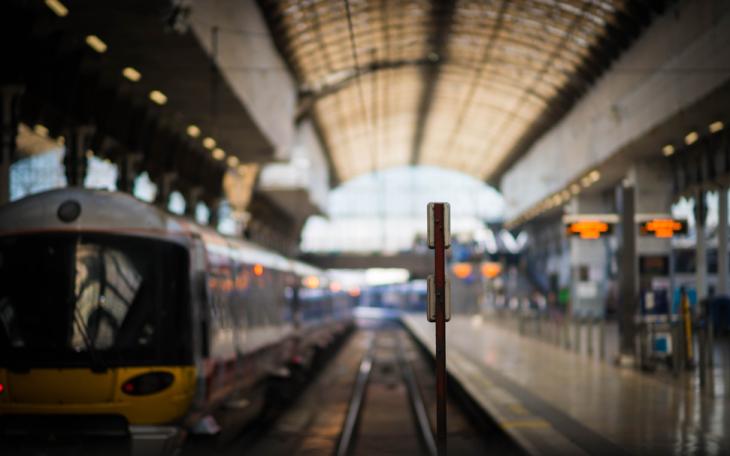Fare rise can't disguise railway heading down the wrong track

August is a tough time for newsdesks – no courts, little politics and huge swathes of the news generating classes enjoying the Tuscan sunshine. But alongside exam results, the announcement of the annual rate at which train fares will increase is a guaranteed headline.
And so it is, with greater reliability than the 7.32 to King’s Cross, this morning we learn that regulated fares will increase by 1.6% from January 2021. Yet for a very large number of long-term rail commuters – and for the rail industry itself – the news has never been less relevant (and not because you can now sit on a train, put your bag on the seat next to you and stretch your legs to discourage people sitting opposite and feel you are being socially responsible!).
The Covid-19 lockdown has fundamentally changed the medium distance commuter’s mindset with potentially huge implications for the rail network.
Even before coronavirus, when passengers were crammed into carriages like sardines, only 60% of the cost of running the UK’s railways came from fares. A disproportionate number of those who were daily rail commuters are in the types of jobs which can most easily be done remotely.
Already we’ve seen the likes of PwC and Schroeder’s joining Twitter and Google in announcing that limits on remote working are being removed and whilst their new policies are not necessarily the free-for-all which the headlines have implied, the direction of travel is clear: businesses demanding their staff attend the office five days a week look set to be outliers.
At one level this sounds like good news for commuters – if people are in the office less frequently there’ll be more space available for those who are travelling. But this assumes that the network maintains capacity at 2019 levels – and fewer passengers means lower revenues.
In the short term there’s logic in maintaining service levels since so much of the network’s costs are fixed. But with some commuter rail operators paying their drivers a minimum of £75k a year, it won’t be long before the temptation to reduce the frequency of services become irresistible.
Longer term, if people only expect to be in their offices 2 or 3 times a week, the option of living further away with a correspondingly longer commute but nicer house will become a more attractive option for many – over time this changing profile of rail commuting will require different timetables to deliver the capacity where it is needed.
However, this is not a simple thing for the UK railways. Different lines use different power sources, trains and carriages cannot necessarily be used on different routes and the unions have traditionally served their members’ interest very well with the political and economic threat of rail strikes normally sufficient to dissuade management from forcing through changes to working practices (for many operators Sunday working for drivers is voluntary). Of course, it’s possible the new awareness of how many people can work from home may reduce the political fear of rail strikes and reduce the ability of the unions to block reform in the future.
For the first time in two decades we’re looking at a future for our railways where short to medium term passenger growth on 2019 levels seems impossible to imagine – indeed maintaining those levels seems wildly optimistic. A 1.6% regulated fare increase isn’t going to touch the sides in meeting the fare box reduction caused by flexible working. We’ve just pressed reset out our railways and there’s no certainty what the operations or network will look like in five years’ time.









